You are here
Graduate Profile
| Graduate Profile of the Bachelor of Mechanical Engineering Education Program 2019 – 2024 |
The curriculum of the Bachelor of Mechanical Engineering Education Program (PS-SPTM) is designed to produce graduates who can contribute to the development of vocational and technical education in Indonesia. Graduates of this program have opportunities to work in vocational high schools, vocational training centers in industry, community academies, polytechnics, job training centers, and other similar institutions. The graduate profile of the Bachelor of Mechanical Engineering Education Program is as follows
|
No |
Graduate Profile |
Description |
|
1 |
Vocational High School Teacher in the Mechanical Engineering Program |
A professional educator with the primary duties of educating, teaching, guiding, directing, training, assessing, and evaluating students in the Mechanical Engineering program at vocational high schools |
|
2 |
Widyaiswara/Instructor for vocational education and training in the field of mechanical engineering |
A professional instructor in human resource education and training programs in the field of mechanical engineering for industry, job training centers, vocational training centers, community academies, and centers for the development and empowerment of educators and educational staff |
|
3 |
Educational Laboratory Technician |
A professional technician/laboratory assistant with the duties, responsibilities, and authority to manage educational laboratories in the field of mechanical engineering at vocational high schools, polytechnics, and universities |
| To deepen their expertise, students are equipped with three skills, which include: |
| 1. Engineering Skills These skills are intended to equip students with fundamental and applied skills in the application of mechanical engineering design. Students are enriched with skills in using various software such as AutoCAD, Inventor, SolidWorks, ANSYS, etc. |
| 2. Machining Skills Machining skills are focused on equipping students to have the ability to plan production processes. Students are equipped with the ability to apply both conventional and non-conventional machines including turning, milling, grinding, EDM, and 2 or 3-axis CNC. |
| 3. Fabrication Skills These skills are focused on equipping students with the ability to plan and execute fabrication and welding processes. In practice, students are equipped with the capability to perform metal forming, material testing, and various types of welding (SMAW, GTAW, TIG, MIG) for various materials and welding positions |
Pengisian Data
Contact us

Copyright © 2026,
